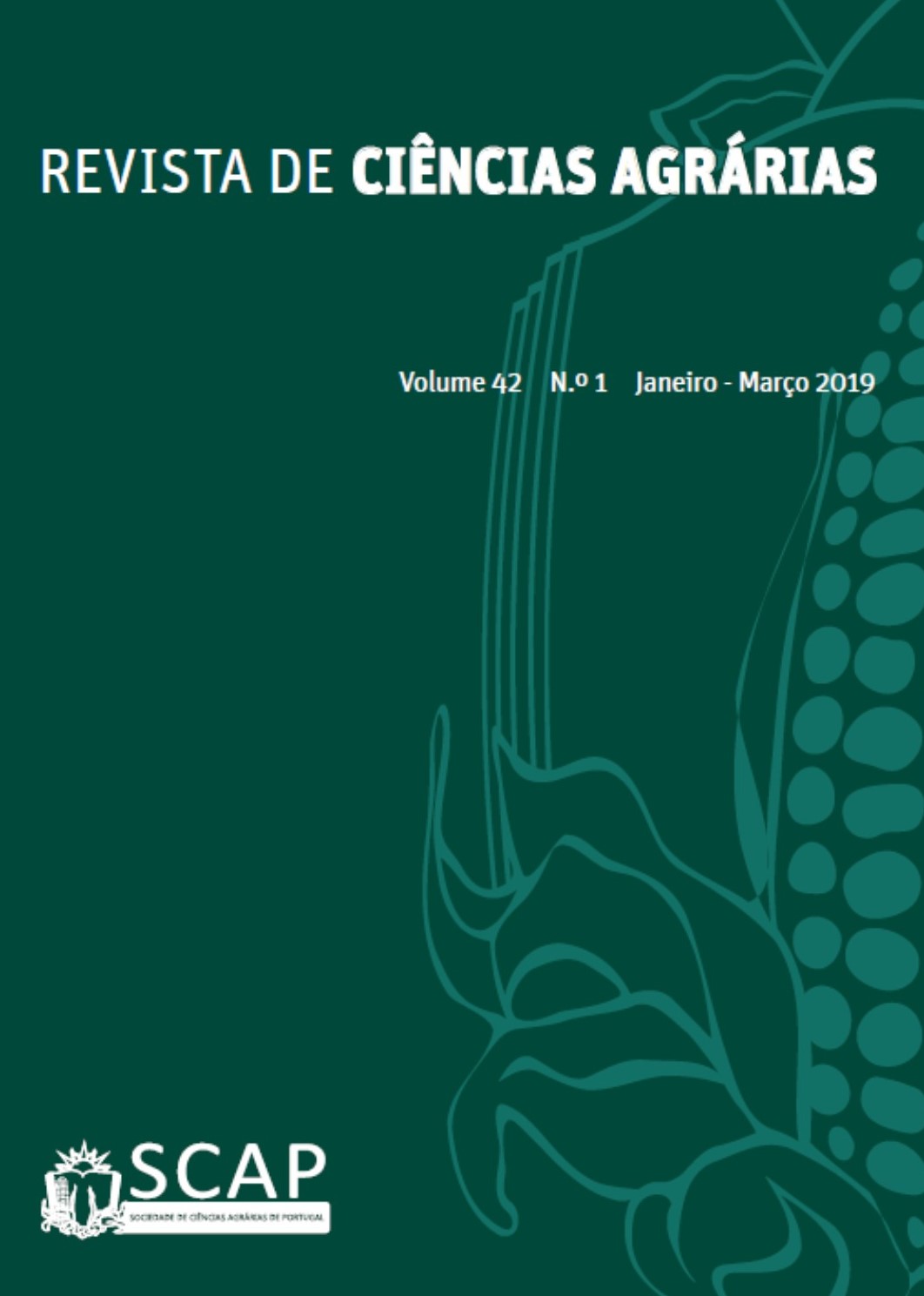Effects of dairy industry wastewater on basal soil respiration, productivity, and nutrient removal by Tifton 85 grass (Cynodon sp.)
DOI:
https://doi.org/10.19084/RCA17237Abstract
The wastewater is a potential source of nutrients, organic matter and water on the fertirrigation, contributing to increased production and biological activity of the soil. The objective of this study was to evaluate soil basal respiration, yield and nutrient removal by Tifton 85 grass after application of dairy wastewater (DW). The test was conducted at the Federal University of Lavras, in PVC columns with 0.30 m of diameter and 1.2 m deep, filled with Dystrofic Red Latosol cultivated with Tifton 85 grass. The treatments consisted of a (AQT0) control with recommended mineral fertilization for Tifton 85 grass (300 kg ha-1 year-1 of N), and four doses of DW: 100 (ALT1), 200 (ALT2), 300 (ALT3) e 400% (ALT4) of the
recommendation. Three cuts were performed, at 60, 90 and 120 days after planting. The doses of DW did not provide increases in soil basal respiration between treatments. The highest yield for 15.11 t ha-1, occurred in the second cut after the dose of 7203 m³ ha-1 of DW (ALT4), providing a considerable removal of macro and micronutrients. The results revealed the need to make appropriate treatments to ARLs your before application in agricultural soils, well as more detailed studies the subject.


